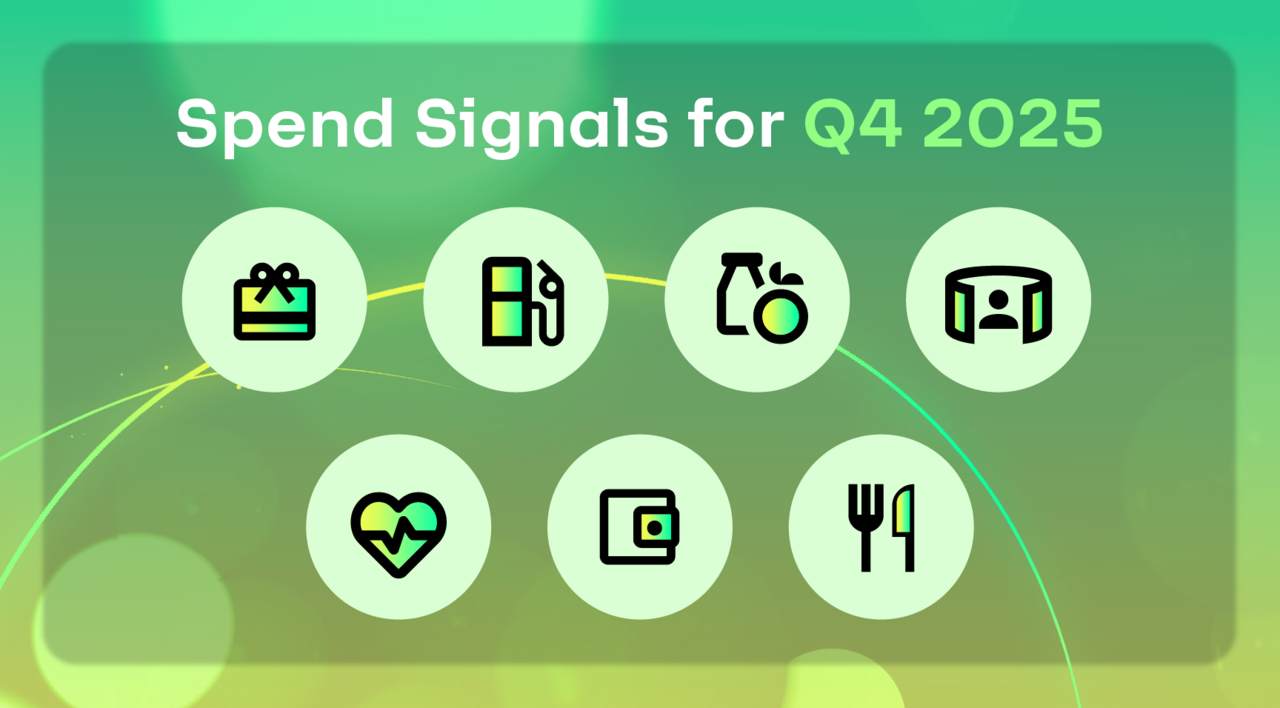When an employee is invited by their company to enjoy a new benefit, the value exchange between user and provider would appear straightforward.
A prompt to “save 10% on household goods“ could attract someone looking into a purchase for their home. The customer is then able to log into their company’s chosen platform, supply their details and redeem a reward, all within a few clicks of a button.
What many fail to see is all the pulling and pushing that happens behind the curtain. It’s a process that is weighing hard on the agencies that supply companies with rewards.
Every business wants to engage and reward their staff members. It’s why staff benefits are high on their agenda. Thankfully, the market is now packed with groups offering rewards from many different sources.
This growth has had its downsides, though. Every partner offers a different type of incentive. These are fulfilled on different terms and with different limits for use. It has created something of a headache that will only grow as new retailers start to enter the market.
With growth management on the agenda, a next step could be to centralise the network of incentives. This would deliver a seamless route to fulfillment for the agency, customer, and employer in the middle.
How did this all happen?
The internet makes it easier for any business to offer benefits in a speedy fashion. All it takes is an email to inform their staff about a limited-time offer or perk. From here, most of what the customer needs to redeem their reward is available online and within the same website or platform.
Specialist agencies provide offers from many different sources, the number of which continues to grow. Yet, that’s why cracks in the process of gathering and offering rewards have started to emerge.
Every employee benefit agency wants to get the best offers on the best terms. Many will hold exclusive agreements with partners who give an appealing set of rates. These are great for the end user, but a headache to manage.
Each invoicing method, payment term and purchase limit becomes an issue. There are also matters that concern the user’s own experience, like updates to imagery and T&Cs.
It’s refreshing that each staff member can access more perks than ever before. Agencies should also be happier at the amount of benefits they can provide.
The big question is whether the current model can handle even more benefits, providers and adoption. It’s our opinion that to become more sustainable, agencies will need to provide offers by way of a centralised network.
The new approach
Agencies are designed to reduce the strain on groups that want to offer benefits to their staff. Unfortunately, their own service is riddled with problems in the ordering phase. What they need is help from the groups that make it simple to offer rewards from different places.
A good example of this type of outfit is an eGift Card. Their platforms contain offers from a number of groups, but the agency doesn’t have to jump over hurdles to access them. Rather, the eGift provider is the contact, and every order is processed via the same platform.
It’s very simple to get started with these groups. One approach sees an API-based system granting access to a bank of perks. Ordering, invoicing and fulfillment are all performed in the same place, while any updates to the offers are done by the tech itself.
Lastly, we have positives for the end user. Employee benefit agencies are adept at passing rewards to their clients. However, centralised platforms are unchallenged when it comes to the type of rewards on offer. The upshot is a better choice, service and experience for all.
Custom arrangements
One of the reasons why agencies haven’t changed their approach is down to their unique partnerships with retailers. This can usually be addressed by feeding unique offers into a platform. For instance, if someone has a good partnership with a retailer, they can supply the new terms and continue as normal.
Time-sensitive offers are another area that may cause some questions as to how they can be managed. Still, this is largely due to requests from retailers to launch campaigns at certain points. Each platform will usually have its own method of arranging a more unique set of rewards. In any case, the heavy lifting is done by the tech, rather than the agency using it.
What now?
The future will bring more use of schemes that are designed to reward teamwork and positive efforts around the workplace. We’ve seen a huge rise in the number of companies providing rewards. Yet, the signs point to even more growth stemming from awareness of the model.
Will agencies buckle under the pressure of expansion? By centralizing their rewards, they’re definitely less likely to.

.png)

